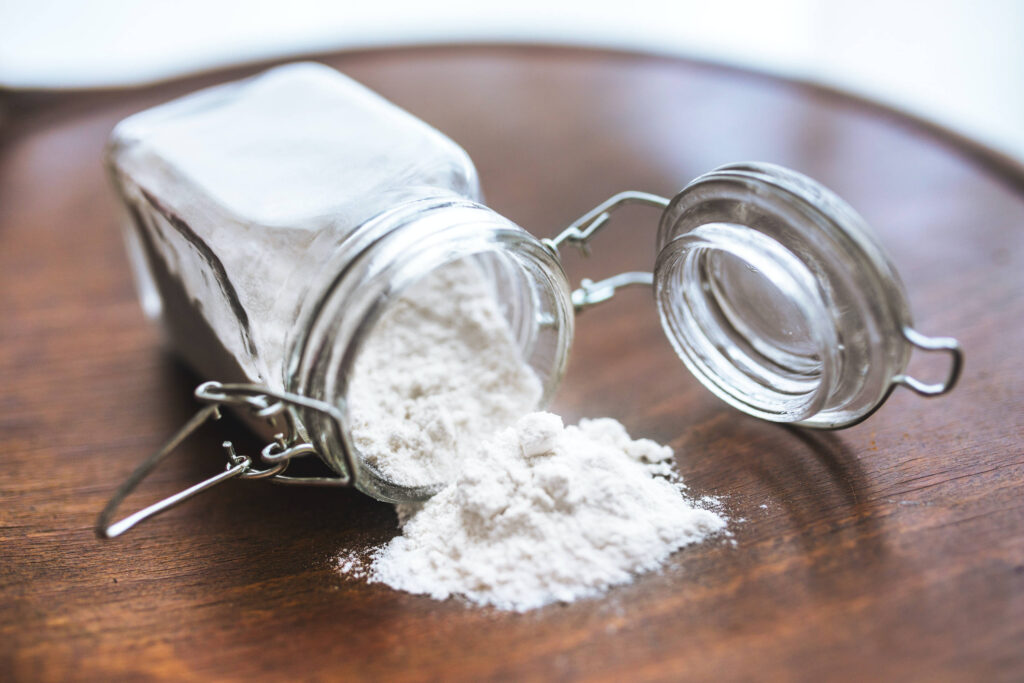
Yes, I know, most of us are not going to grow our own grains. We can leave that to the big acreage farmers. The challenge is the sprays used on the grains. Typically, Monsanto sprays. They are absorbed through the leaves from the air and incredibly harmful.
The problem with the sprays is that the plants absorb Glyphosate, the key ingredient in Bayer/Monsanto’s signature herbicide Roundup. The glyphosate can cause huge gut issues.
It is interesting that a pharmaceutical company, BAYER, bought the company that is considered one of the worst companies in the world.
Even the World Health Organization and California state scientists have linked glyphosate to cancer. Granted we haven’t had faith in the WHO for decades, as they have been politically and financially driven for the last couple of decades, as opposed to scientifically driven.
As a short aside to that, even alot of science, especially medical/pharmaceutical, research has gone to the dark side over the last few decades. Sad but true.
Many clients that have come through my clinic thinking they are gluten intolerant are usually not. They are glyphosate intolerant. Glyphosate damages gut microbes and inhibits the shikimate pathways. The shikimate pathways are metabolic pathways involved in synthesizing the aromatic amino acids in plants and microorganisms.
In our guts, the glyphosate can may cause intestinal dysbiosis, leaking gut syndrome, gut inflammatory issues and alot more.
So what do we do?
One option is to use or purchase only organic-grown flours. But when do we use these different flours? So let’s start with a general overview of flours and then go into some specific types of flour:
1. All-Purpose Flour: a versatile flour that works well for many types of baking and is shelf-stable. Recipes that only call for “flour” can be made with all-purpose. All purpose is a blend of hard and soft wheats. With a medium protein content of 10-13 percent, it’s a good choice for a wide variety of baking recipes including:
- Cakes
- Cookies
- Muffins, doughnuts, and biscuits
- Pies and pastries
- Breading for meat, fish, and vegetables
- Thickening agent for gravy, sauce, and roux
2. Self-Rising Flour: a convenient all-purpose flour with the leavening agent baking soda and salt added during milling. Has a lower protein content about 8–9%. Produces a nice, high rise for quick bread type baking. It cannot be used in yeasted bread or as a substitution for other flours.
Can be used for:
You can easily make your own self-rising flour by whisking together 1 cup of all-purpose flour with 1 ½ teaspoons baking powder and ½ teaspoon of salt. Remember, leavening agents will lose their potency over time, so don’t store your self-rising flour for longer than six months.
3. Bread Flour aka Bakers Flour: perfect for baking bread. It is a milled hard wheat, and the strongest flour with a 12–15 percent protein content and a high gluten content, which makes a chewy crumb and ideal for yeasted breads. Often called bakers flour in older recipes.
Can be used for:
- Bagels
- Baguette
- Challah
- Dinner rolls
- Pretzels
- Sourdough
4. Cake Flour: a low protein flour made from soft wheat that’s milled to a fine, silky texture and is bleached to reduce the protein to 6–8 percent. Consequently, soft flour is higher in starch, absorbs more liquid, fat and sugar and results in a tender, moist crumb that’s highly desired in most cakes. Cakes made with higher-protein flours will be chewy and tough. Cake flour also has a lighter color.
Can be used for:
- Angel food cake
- Brownies (for cakey brownies)
- Chiffon cake
- Doughnuts
- Layer cake
- Pancakes
- Pound cake
- Quick bread
- Sponge cake
- Waffles
Note: you can make your own cake flour to keep in your pantry by sifting together 1 cup of all-purpose flour (minus 2 tablespoons) with 2 tablespoons of cornstarch. Sift it together twice — I don’t remember where I found that, but it works.
5. Pastry Flour: on the continuum between all-purpose and cake flour. Made from soft wheat, with a 7–9 percent protein content. It produces both the tender crumb and flaky texture that is desired in most pastries. It’s not good for breads or yeasted breads because of the low level of gluten.
Can be used for:
- Baklava
- Biscuits
- Cinnamon Rolls
- Croissants
- Danish
- Tarts
Note: make your own pastry flour by sifting together 2 parts all-purpose flour with 1 part cake flour.
6. Type 00 Flour: an Italian type flour typically made from Durum wheat milled to a very fine grind. Although it has a medium protein content of 11–12 percent, it has a strong gluten that is less elastic than other wheat, creating less chewy baked goods. This flour can be substituted with all-purpose flour.
Can be used for:
7. High Gluten Flour aka Strong Flour: used to increase gluten content in breads. It’s milled more coarsely, has a 13–14 percent protein content and requires a lot of kneading to form a strong and supple dough structure.
Can be mixed with other flours for:
8. Whole Wheat Flour: milled using the entire wheat kernel (the germ, endosperm, and bran) and has 13–14 percent protein. It is higher in nutrients: fiber, vitamins and minerals. Usually, it’s combined with lighter flours because it is heavy. Choose whole wheat flour vs. all-purpose flour when you want to add more strength and nutrition to your baked goods. Because whole wheat flour is made from the entire wheat kernel, there are two challenges:
- It can spoil faster and should be stored in the freezer.
- It requires more fats/liquids to prevent the heaviness. Allow the dough to absorb the liquid before baking.
Can be used for:
- Bread
- Bagels
- Rolls
- Cookies
- Crackers
- Pancakes
- Pizza Dough
- Pasta
- Pie and tart crust
9. Semolina Flour aka Pasta Flour: made by coarsely milling the endosperm of Durum wheat. It’s high in gluten — about 13 percent — and has a lightly sweet and nutty flavor. It produces a chewy dough with a buttery color.
Can be used for:
- Bread
- Cake
- Cookies
- Flatbread
- Lasagna noodles
- Long pasta noodles, like fettuccine
- Pie and tart dough
- Pizza
- Short pasta noodles
- Stuffed pasta noodles
10. Rye Flour: made by milling whole rye grain kernels. There are two types:
- Light rye uses only the starchy endosperm and produces a light, airy dough.
- Dark rye uses the whole kernel and produces the heaviest, darkest dough as used in pumpernickel bread.
It has 8–17 percent protein and, like wheat, contains gluten.
Can be used for:
- Bagels
- Crackers
- Pancakes
- Pumpernickel bread
- Rye bread
- Sourdough starter
11. Barley Flour: made by milling whole grain or pearled barley. It has less gluten than wheat and contains 11 percent protein. It has a mild nutty flavor that works well with other flours.
Some claim that barley flour is best used to enhance other flours in recipes with up to ½ substitution for other flours for baked goods such as:
- Bagels
- Crackers
- Cookies
- Muffins
- Multigrain bread
- Quick bread
- Thickener for soup, stew, sauce and gravy
Here’s to your baking
Dr Holly
